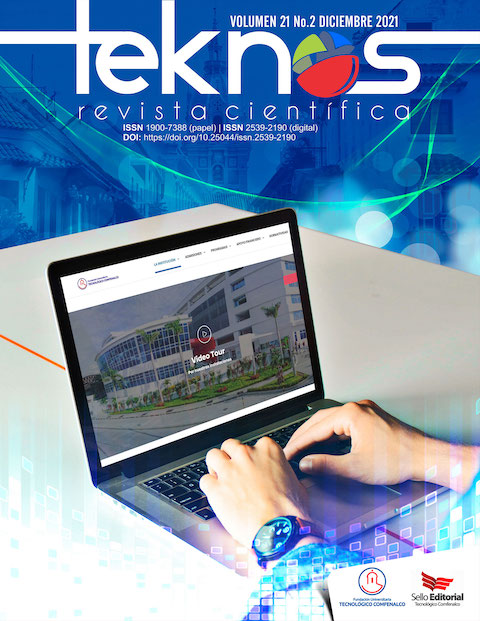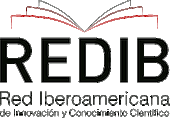In Silico search for cephalosporin analogues with potential dual antibiotic activity
DOI:
https://doi.org/10.25044/25392190.1017Keywords:
Cephalosporin, in silico, Escherichia coli, transpeptidase, beta-lactamaseAbstract
The emergence and spread of multidrug-resistant pathogenic bacteria has become a public health problem due to the increase in the number of cases for which there is no adequate treatment; therefore, the search for compounds with antibiotic properties against bacteria resistant to traditional antibiotics has become a priority. In this work we performed an in silico search for cephalosporin analogues and studied their interaction with Escherichia coli transpeptidases and beta-lactamases. For this purpose, 163 molecules were downloaded from the PubChem database; their affinity was evaluated by molecular docking with the transpeptidase and beta-lactamase structures using the AutoDock v4.2 program. Nine compounds with higher affinity energy for transpeptidase and lower affinity for beta-lactamase were identified; two of them were modified in order to evaluate the effect of the substituents on the affinity values and their ADME properties. Cefaperozone monobactam modified with a methyl group presented a better affinity for transpeptidase (from -6.8 to -7.8 kcal/mol) and decreased affinity for beta-lactamase (-5.9 to -5.8 kcal/mol), which demonstrated the dual potential of this molecule.
Downloads
Downloads
Published
How to Cite
Issue
Section








